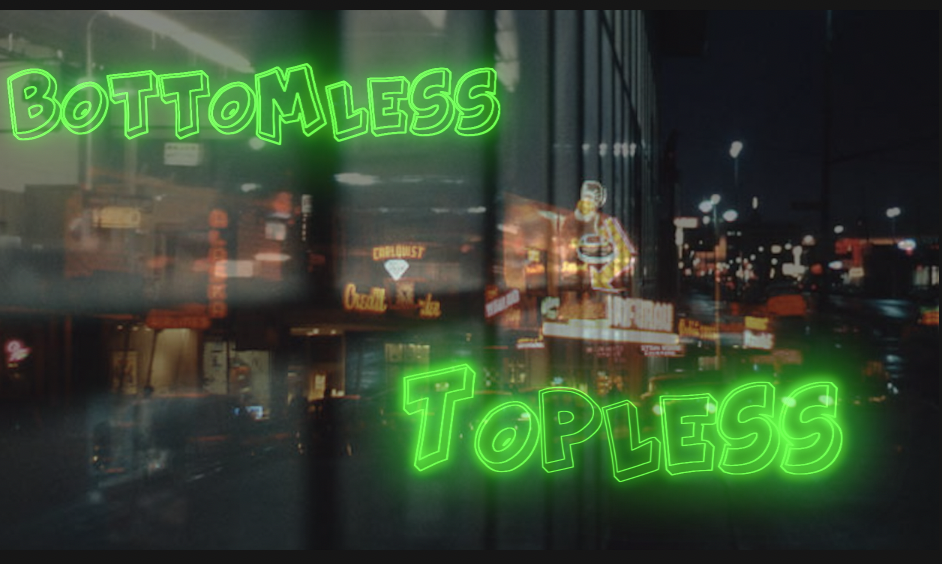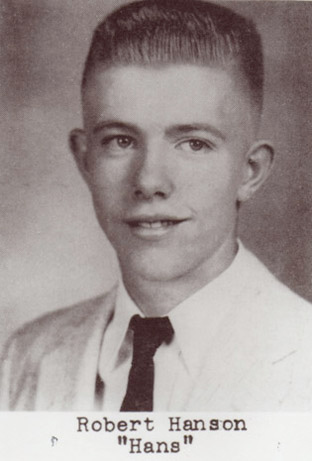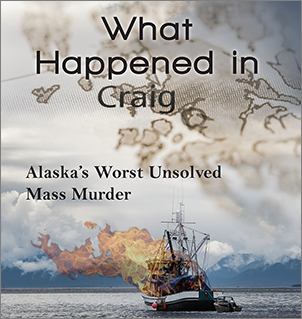When Glenn Flothe and Darel Galyan interviewed Robert Hansen after his October 27, 1983, arrest, they were part of a full-court press. The cops were at his house. At his bakery. At Merrill Field, searching his airplane. Looking back on that time, Glenn Flothe had one question. “And so, in my own mind, I’m very curious to know at what point did he realize these guys — for once — had their shit together?”
Indeed, when did Robert Hansen realize anything? From Hansen’s perspective, the cops were fools, there to be tricked into false beliefs. The women of Anchorage — the sex-workers and dancers — were on the same footing. There to be tricked, deceived, taken advantage of.

But just by asking that question, Flothe was led to another revelation. Here he is again:
And in order for me to ask that question, I think it’s obvious that I wasn’t sure myself at what point he was willing to give it all up.
Sgt. Glenn Flothe, 1984 interview with Leland E. Hale
One Thing to Realize
Glenn Flothe did have at least one critical advantage. One that proved not only prescient but crucial to his eventual success.
“I just knew, though, from his past experience that if I kept dumping on him, dumping on him more pressure, file more charges,” that he might break.
Still, it was no time to take chances, not with every possible police resource pointed in the same direction. That was why they’d consulted with the FBI. They wanted to learn — and apply — best practices for confronting a serial killer.

(Last name misspelled)
Best Practices
“[W]hen we [Galyan & Flothe] brought him into that room, we left him some type — some stray, usual tips — this was some of the help the FBI gave us… In the room we had his files — files with his associates written on it, and just happened to be open to a page where there’s his wife’s picture — written across it is ‘Darla Hansen’ and a computer print-out of all the information.”

“Next to that is his alibi witness that happens to be partially opened next to that. And the alibi witness’ name and his photograph, right? Up on the wall — I’ve a complete map of the Knik River area and I’ve got X’s on it and then circled around the entire area — around where the two bodies were found — I’ve got a red circle — so you can’t miss it. And Darel points to the perimeter of the circle and it says in letters, ‘Hansen identified in this area.’
“Then we had stacks of files — with names of people he was very familiar with — sister-in-law, brother-in-law, whoever else.”

(courtesy AST; graphics copyright Leland E. Hale)
“And we also had photographs of the victims lying on the desk — blown up — I mean these were 8 x 10 glossies of his victims. So when he comes in and sits down at the desk… you know he’s looking around, you know he’s looking at things — but we ain’t telling him nuthin’. So as far as what we know — you’re surrounded, and we know you’re the guy.”
A Turning Point?
The pressure campaign by Galyan and Flothe was total and complete. Question after question. Questions so intense that Hansen ultimately had to wonder — where is all this going? By that point, the man had made some damning admissions. Had put himself on the Knik. Put himself on the Knik with his firearm and his brass.
“And finally… he says he wants his attorney,” Flothe recalls. “[And] I says, ‘Fine, you’re under arrest for the rape and kidnapping [of Cindy Paulson].
Copyright Leland E. Hale (2023). All rights reserved.

Purchase Butcher, Baker
Order my latest book, “What Happened In Craig,” HERE and HERE. True crime from Epicenter Press about Alaska’s Worst Unsolved Mass Murder.
